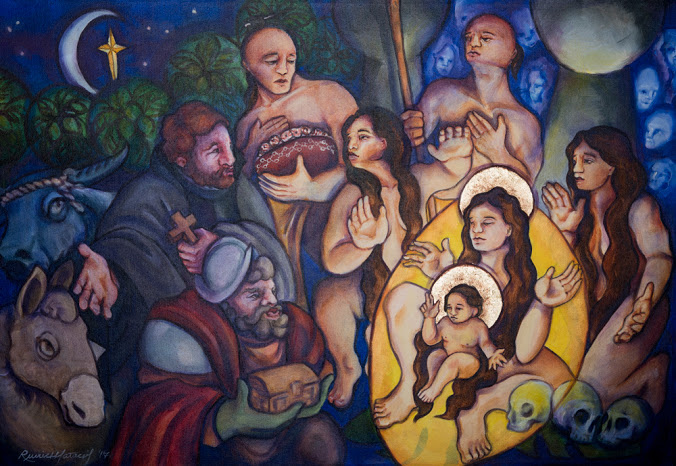Decolonizing the Nativity

Every week I get sometimes a few, sometimes quite a few requests for information, for interviews, for assistance. I am not a very well-organized person and so sometimes these requests fall through the cracks, and I miss them. But for the most part I try to accommodate as many people as I can. I recall that if I can help someone in their research, finish a paper, gain some perspective for their thesis or even provide a key quote or insight for their article, it could help put Guam or Chamoru issues in a more critical light, and it may push someone, tied to the island, to be more engaged about things important to me (and hopefully to them). It is always nice to look back and see if I did have an impact, albeit even a small one on someone's perspective or even the course of their intellectual journey. A few months ago, I was a guest speaker for a college course focusing on cultural diversity in psychology. I talked about my experiences growing up Chamoru, but also not very stereoty






